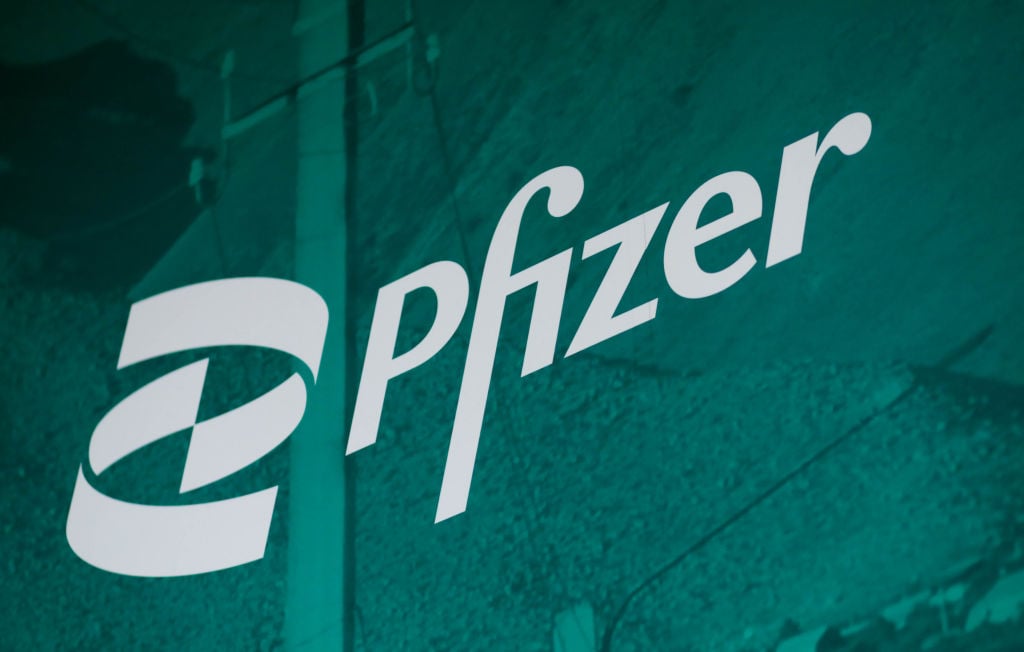
Image source: Getty Images.
What happened
Shares of global drug giant Pfizer (PFE +0.00%) had a pretty miserable October, ending lower by 6.4% based on data from S&P Global Market Intelligence, and things haven't improved through the first few days of November following its third-quarter earnings results. The weakness appears to primarily lie with the uncertainties surrounding prescription-drug reform.
So what
With plenty of news hitting the wires in October but nothing that was notably bad, the best explanation for Pfizer's weakness probably boils down to what might happen to drugmakers' pricing power once a new president is in the Oval Office. Both Hillary Clinton and Donald Trump have been quite clear that they don't approve of the rapid rate of brand-name and specialty drug inflation and have possible fixes that could reduce drugmakers' pricing power.
Hillary Clinton has arguably been more vocal on the topic. Clinton has previously voiced ideas that have included setting up a task force to monitor drug companies to ensure they aren't gouging consumers, while also looking for cheaper alternatives for expensive brand-name and/or specialty drugs. Clinton has also suggested shortening the length of the patent protection period, and limiting the amount consumers pay out-of-pocket each month for select drugs.
Trump's seven-point healthcare plan revolves around repealing Obamacare, but there's a key provision among his seven-point plan that would remove the barriers to entry in U.S. markets for overseas drug developers. In other words, consumers would be allowed to shop for pharmaceutical products overseas, potentially undercutting U.S. drug developers' pricing in the process.
The uncertainty of which candidate will make it to the Oval Office, as well as what policies could be enacted, if any, has weighed on the industry and its largest companies, such as Pfizer.

Image source: Pfizer.
Now what
Drug pricing uncertainty aside, Pfizer also reported uninspiring third-quarter results to begin November. Although the company wound up lifting the low end of its full-year revenue forecast by $1 billion to a new range of $52 billion to $53 billion, it also reduced the high end of its adjusted full-year profit forecast to a range of $2.38-$2.43 per share from prior guidance of $2.38-$2.48. As noted in the press release, the failure and discontinuation of bococizumab as a cholesterol-lowering treatment wound up accounting for most of the adjusted EPS reduction.
Shareholders are also somewhat reeling from Pfizer's decision in late September not to spin off its established products into a separate entity. Some pundits on Wall Street had suggested that separating the two entities would have allowed for improved earnings transparency and could have unlocked shareholder value. As a single entity, Pfizer's top line could continue to be weighed down falling sales of mature drugs, albeit the cash flow and very low marketing costs associated with these mature drugs is partly responsible for Pfizer's premier dividend.
In the meantime, it appears that M&A will be Pfizer's primary needle-mover. Sometimes it can work out well, but Pfizer also has a history of overpaying for assets.
Compared to the S&P 500, Pfizer's stock looks cheap as a whole. However, it's still missing that organic element of growth I'd personally like to see in a drugmaker. Beyond Ibrance, which has grown phenomenally, I'm still waiting for Pfizer to wow me with its pipeline. Until we get that "wow" factor, I'd suggest investors consider other names in the drug space.






